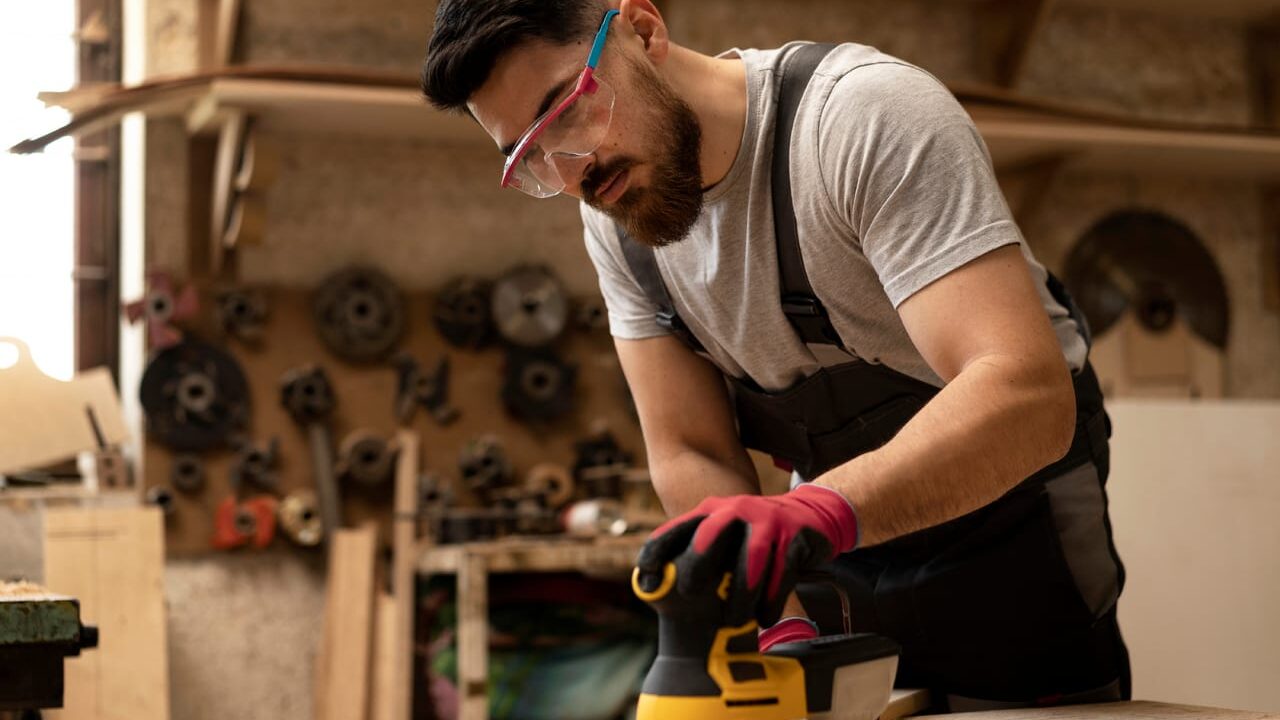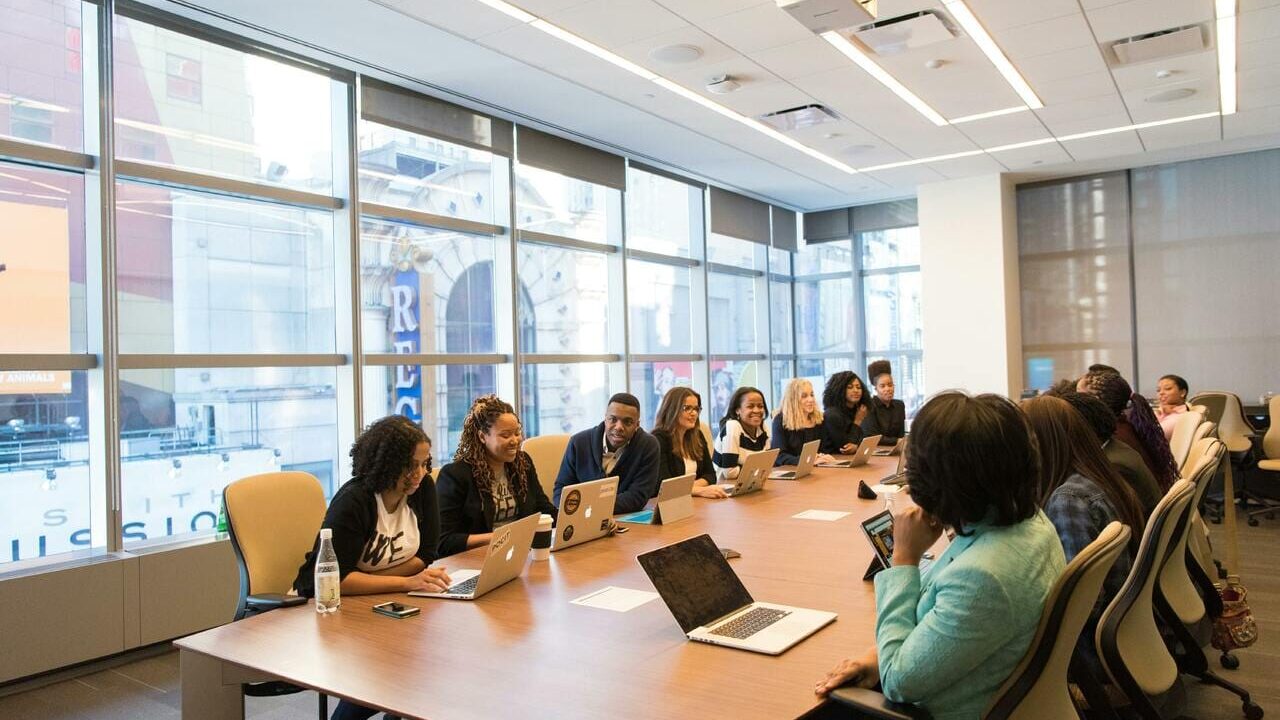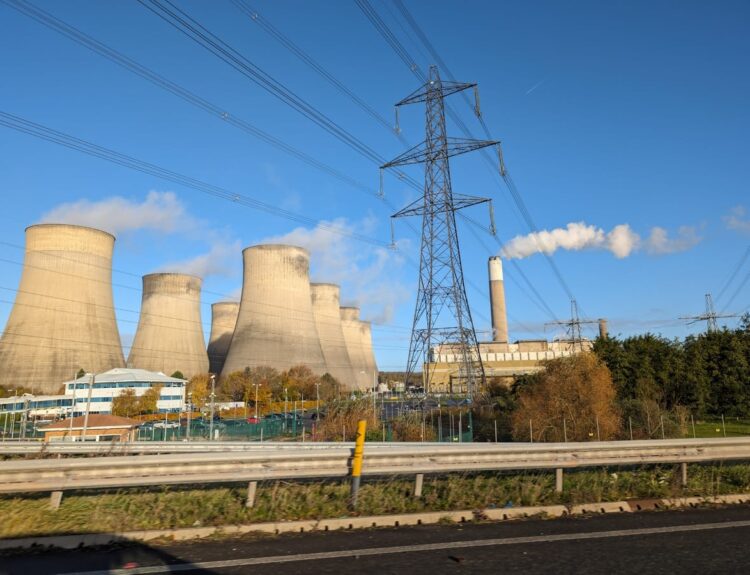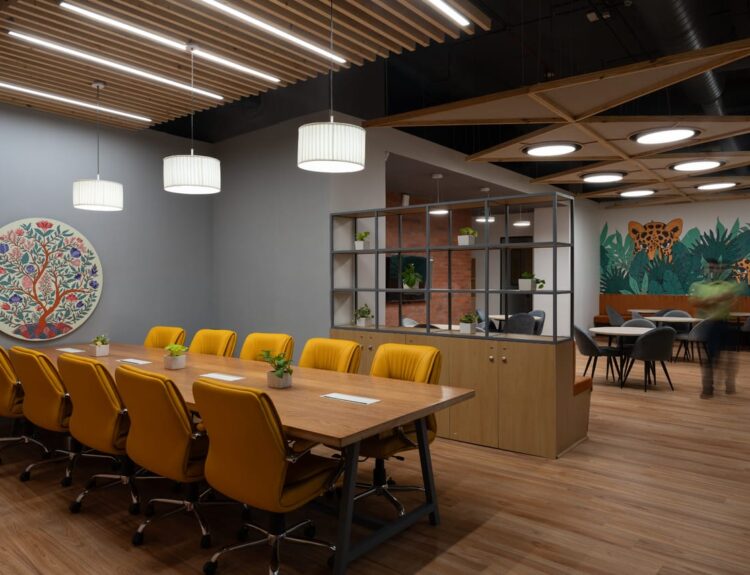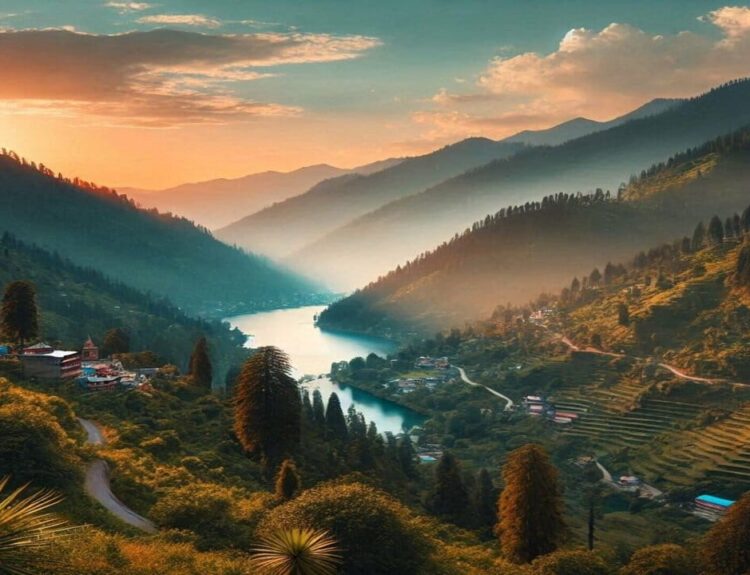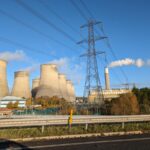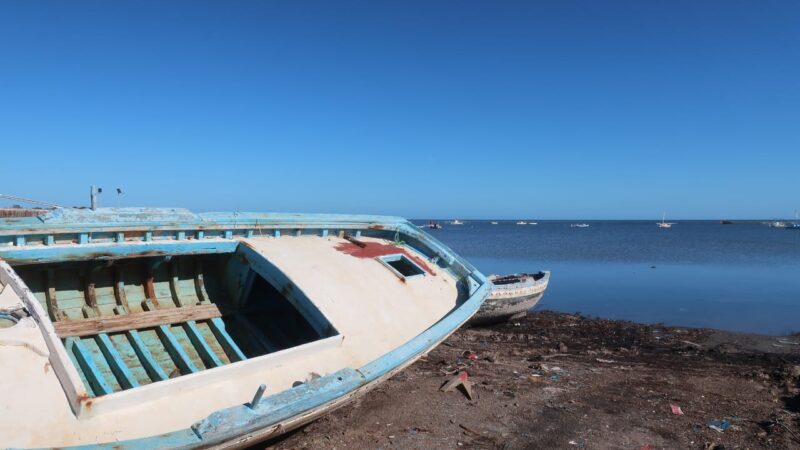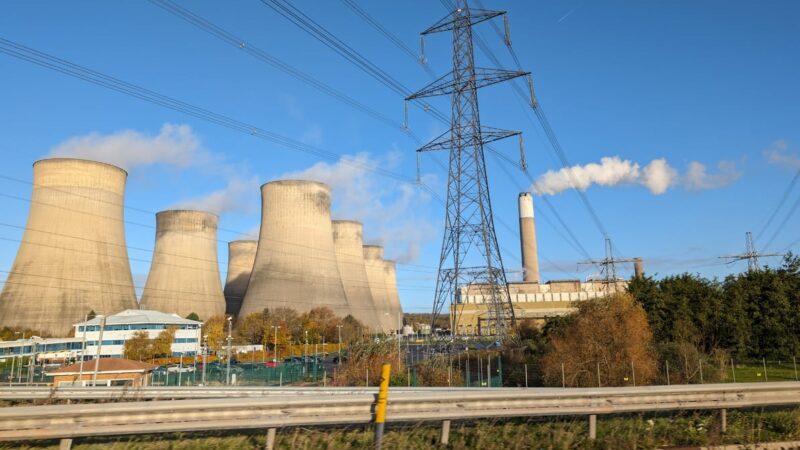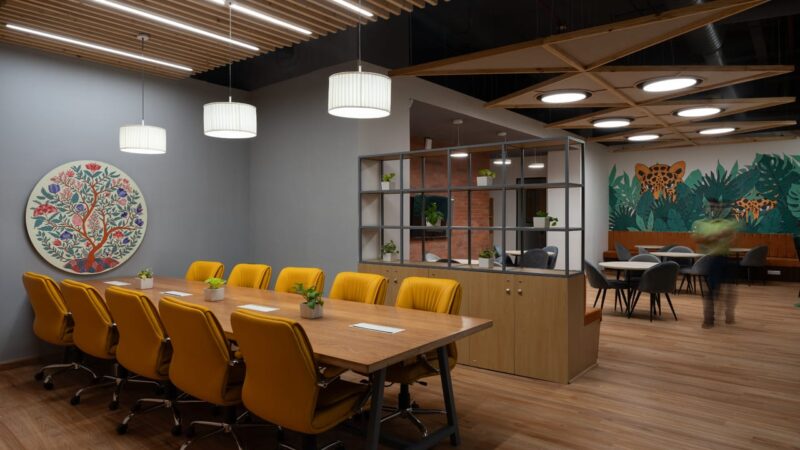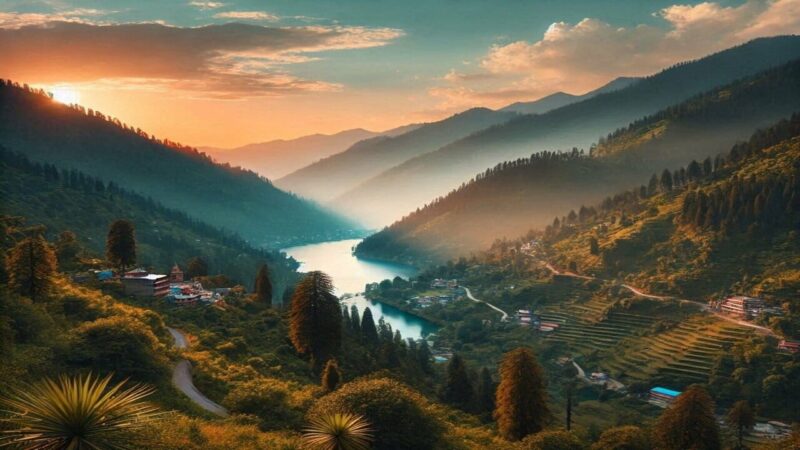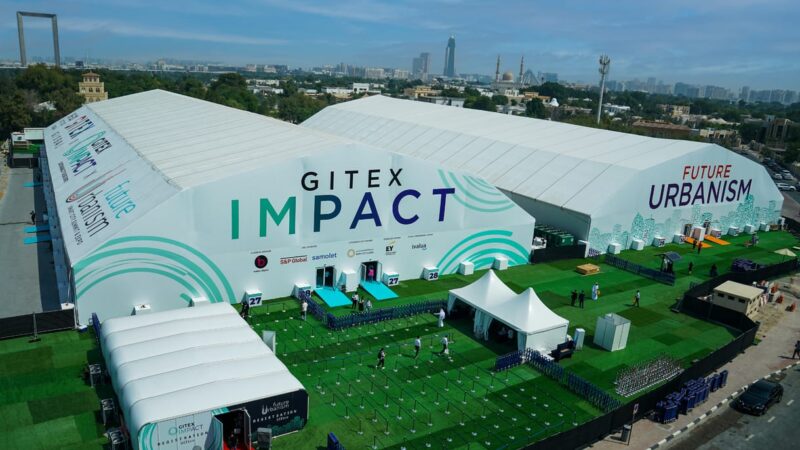As global temperatures continue to rise, cities around the world are struggling to stay cool during increasingly brutal summers. What once felt like a seasonal inconvenience has now become a full-blown climate emergency. Urban areas, packed with buildings and concrete, are heating up faster than their rural counterparts — putting millions at risk. But amid the challenge, innovative solutions are emerging. From cool roofs to green infrastructure, cities are racing to adapt.
Here’s how they’re fighting back against the heat — and what it means for all of us.
🔥 2025 Summer Forecast: Scorching and Unforgiving
This year’s summer has barely begun, and yet, cities across the globe are already breaking temperature records. In April, parts of Southeast Asia hit a staggering 44°C (111°F). By early May, dozens of major cities were issuing extreme heat alerts — weeks earlier than expected.
“Urban populations are facing heat levels that were once considered rare and deadly. Now they’re common.”
— Dr. Kiran Dasgupta, World Meteorological Organization
According to the latest UN climate report, 2025 is projected to be the hottest year on record if current patterns hold — surpassing even the brutal heat of 2024.
🧱 Why Are Cities Getting Hotter Than Ever?
Cities experience the urban heat island effect — a phenomenon where buildings, roads, and other infrastructure absorb and re-emit the sun’s heat more than natural landscapes like forests and water bodies.
🌡️ Key Causes of Urban Heat:
- Asphalt & concrete absorb heat and release it slowly at night
- Lack of greenery reduces natural cooling from shade and evapotranspiration
- Car emissions add layers of heat and pollution
- High population density concentrates heat and activity in small spaces
📊 Quick Stat: Cities can be 7–12°C (13–22°F) warmer than nearby rural areas during heatwaves.
🌍 Global Cities Taking Action: Real Examples
🇺🇸 Los Angeles: Pioneering Cool Roofs
L.A. now requires reflective “cool roofs” on all new homes and major renovations. These materials reduce surface temps by up to 25°C (45°F), slashing energy bills and cooling costs.
🇮🇳 Ahmedabad: A Heat Action Plan That Saves Lives
Ahmedabad was one of India’s first cities to develop a Heat Action Plan (HAP). Since 2013, it has dramatically reduced heat-related deaths through early warning systems, shaded bus stops, and public awareness campaigns.
🇪🇸 Barcelona: The Superblocks Revolution
The city’s “Superblocks” initiative turns blocks of streets into pedestrian-first zones with more trees, less traffic, and cooler air. This urban design change has improved both livability and temperature control.
🇨🇦 Toronto: Cooling Centers with Community Care
Public libraries and recreation centers double as climate resilience hubs, offering free air-conditioned spaces, drinking water, mobile charging, and medical aid during heat emergencies.
🌱 Nature Is the Best Air Conditioner
Green infrastructure is becoming one of the most powerful tools in urban climate adaptation.
🌳 Urban Forestry
Cities like Melbourne and New York are planting hundreds of thousands of trees to shade sidewalks, cool roadways, and absorb pollutants.
“Every 10% increase in tree canopy can reduce urban temperatures by 1–1.5°C.”
— Journal of Urban Climate, 2024
🪴 Green Roofs & Vertical Gardens
Beyond trees, buildings are being “wrapped” in plant life. Berlin, Tokyo, and Singapore now incentivize green roofs and vertical gardens to cool buildings and filter air.
💧 Smart Water Management
Public parks in Copenhagen include water plazas that collect rainwater during storms and double as cooling spaces during hot spells.
🧑⚕️ Health Risks: Heat Isn’t Just Uncomfortable — It’s Dangerous
Extreme heat is now a public health crisis. According to the Global Heat Health Information Network:
☠️ Key Health Impacts:
- Heatstroke and dehydration
- Worsening of chronic conditions like asthma, diabetes, and heart disease
- Mental health issues, especially among vulnerable groups
👵 Most at Risk:
- Elderly citizens
- Infants and children
- People with disabilities
- Outdoor workers (construction, farming, delivery)
- Individuals without access to cooling or shelter
📢 Important Tip: Local governments urge residents to check on neighbors, avoid outdoor activity between 11AM–4PM, and drink water every hour.
💰 Economic Impacts: Heat Comes with a High Price
The cost of not adapting to extreme heat is enormous.
💸 What’s at Stake:
- Increased electricity demand and blackouts due to overburdened grids
- Reduced worker productivity in heat-intensive industries
- Property damage from heat-related fires, warped roads, and utility failures
- Healthcare costs associated with heat-related illnesses
A 2024 report by the World Bank estimates that global urban heat stress could cause $300 billion in annual productivity losses by 2030.
🧠 What Cities Can Do: Actionable Adaptation Measures
🏗️ Smart Urban Design
- Design buildings with passive cooling, cross-ventilation, and shading
- Introduce zoning laws that require green buffers between roads and housing
🚲 Sustainable Transport
- Expand bike lanes and walkways shaded by trees
- Electrify public transport to cut down air and heat pollution
📈 Data-Driven Policies
- Use real-time heat maps to direct emergency response
- Invest in early warning systems and community education
📸 Visuals You Can Use on Your Site
Include these to enhance user engagement:
- Infographic: “How Urban Heat Islands Form”
- Map: Global temperature spikes in Q1 2025
- Before/After images: Cool roofs and green walls
- Quote tiles: Testimonials from climate experts
- Charts: Cost of heat-related productivity loss over time
🏁 Final Thoughts: A Heated Future Needs Cool Solutions
Cities are no longer debating whether to act. They’re deciding how fast and how far to go.
“Adapting to heat is not a luxury. It’s a matter of survival, equity, and urban resilience.”
— UN Secretary-General, April 2025
While governments and planners work on large-scale solutions, citizens can make a difference too — planting trees, supporting sustainable policies, and spreading awareness.
💬 What Can You Do?
- Support local green initiatives
- Check on vulnerable people during heatwaves
- Use fans, shades, and cool baths instead of over-relying on AC
- Advocate for smart urban policies in your community
📢 Join the Conversation
Has your city done something impressive to tackle the heat?
👇 Share your thoughts in the comments below!


